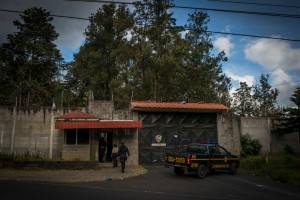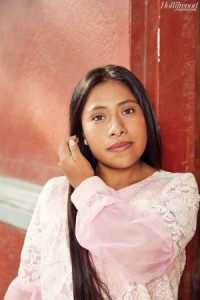No school for Mateo on Tuesday, so we went to the de Young Museum to see Monet: The Late Years. The paintings are gorgeous, expressive, breathtaking. To stand in those galleries among them was to feel embraced by beauty. The exhibition will be on view through May 27.
Monet painted the works when in his 70s and 80s, living with his family in Giverny, France, World War I raging all around them. I’m curious to read Ross King’s book about Monet’s Giverny years, Mad Enchantment. I was also heartened and encouraged to learn some of Monet’s canvases took a decade to complete. (I say this as someone who has been hammering away at a novel for a very long time.)
One of my goals this year is to go to museums more often, and so far, I have. Already, I’ve seen the Vija Celmins exhibition at SFMOMA, and the Gauguin and Monet at the de Young.
How do I convince my 14-year-old son to accompany me without too much complaint? Bring a friend. Spring for the Audio Tour. Eat lunch at the Café. Buy a puzzle at the Gift Shop. (Edward Hopper: Portrait of Orleans.)
Plus, I’m lucky. Mateo really likes art.
photo credit: De Young Museum




 ShareThis
ShareThis



